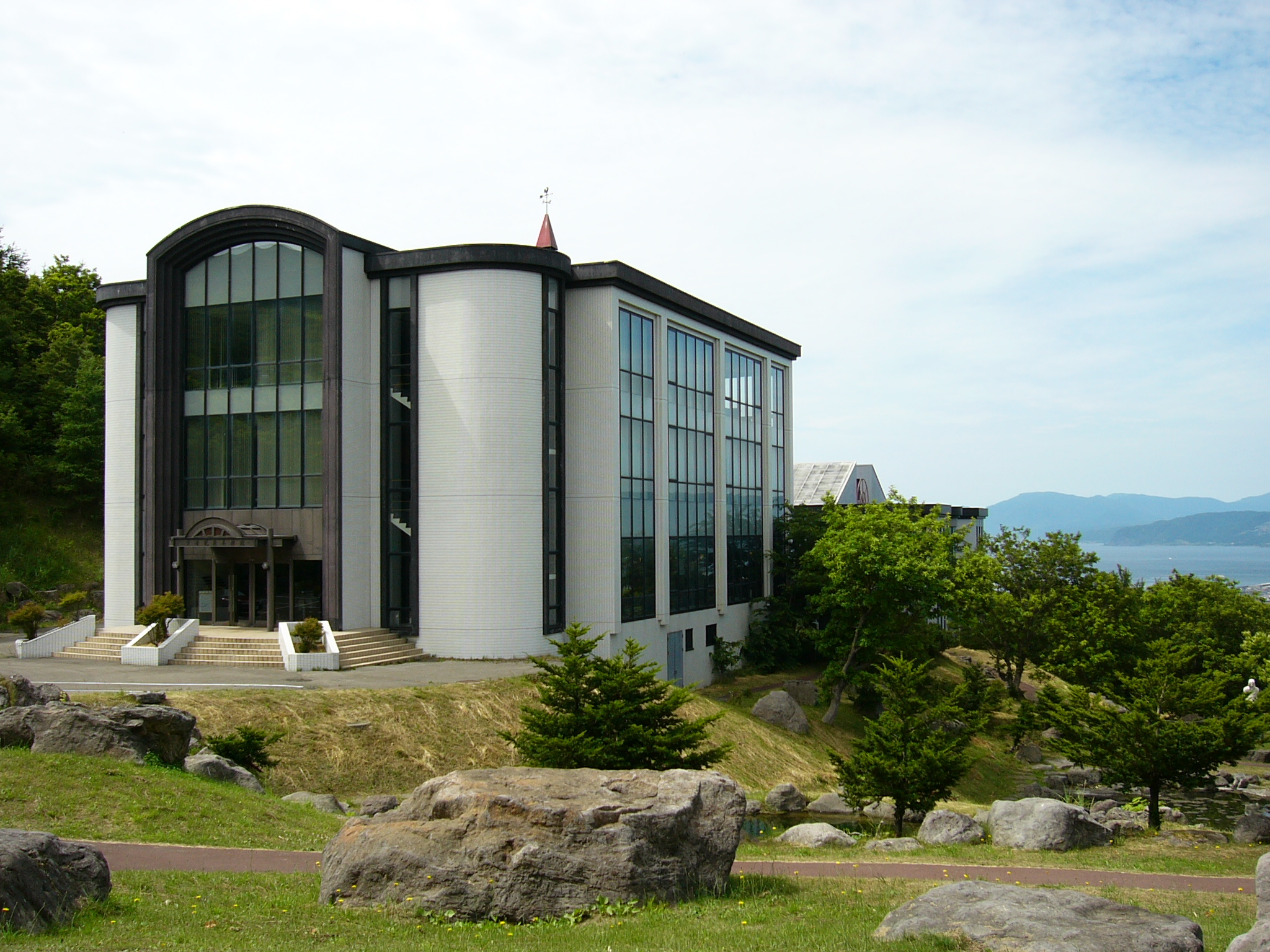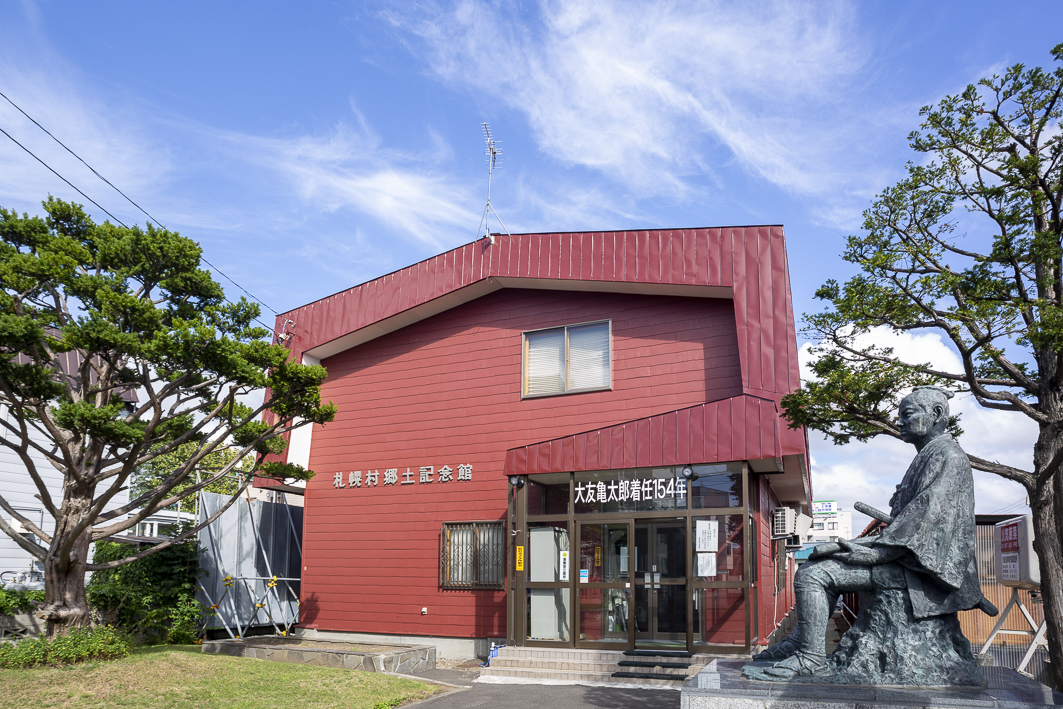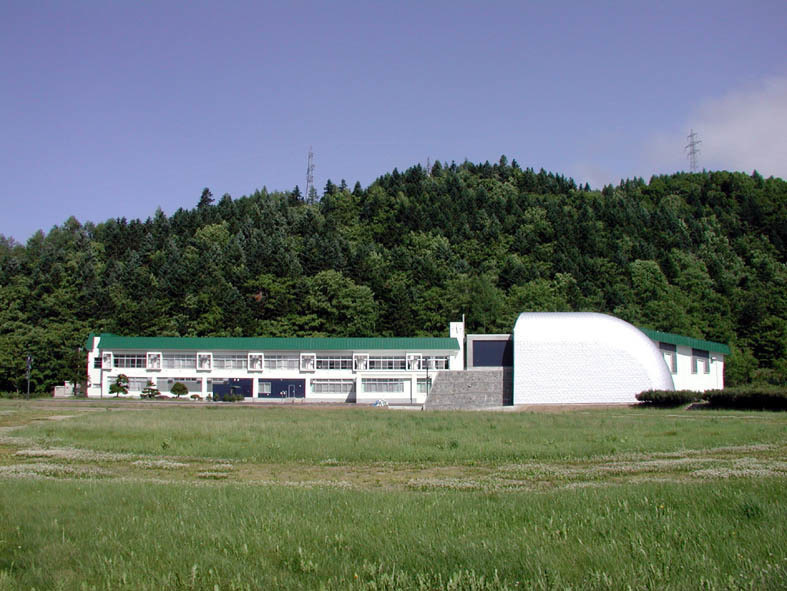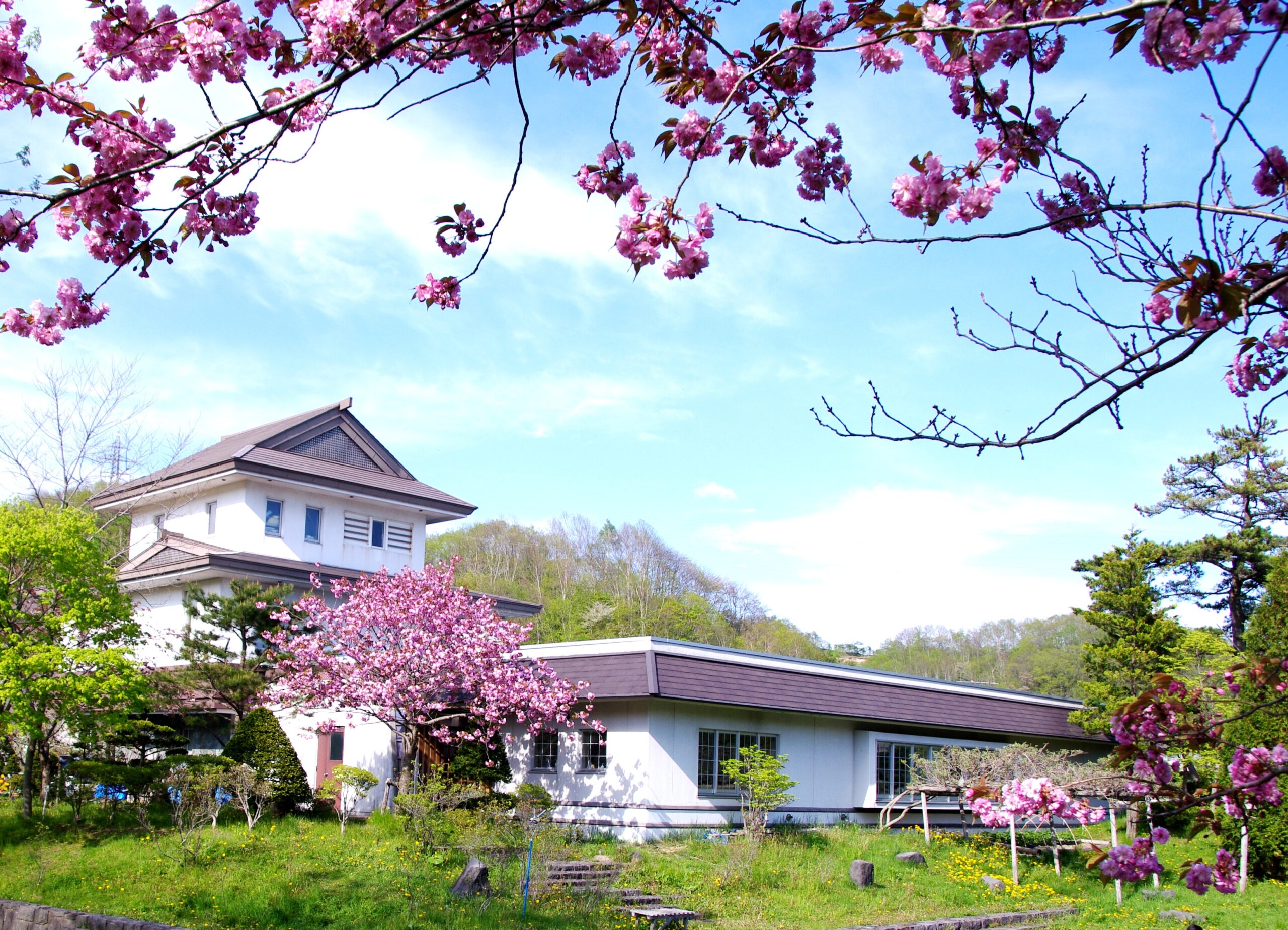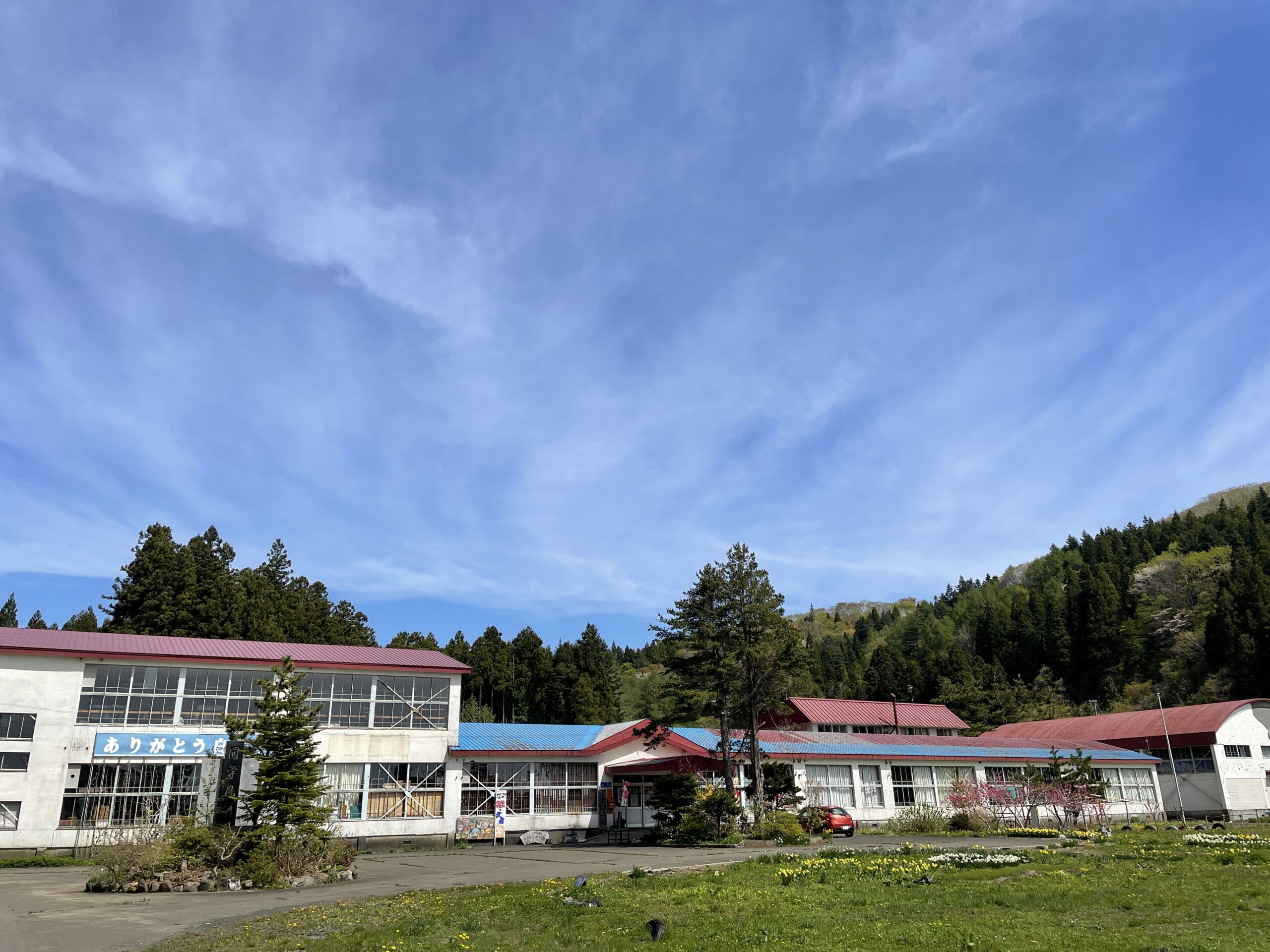施設
Shu Ogawara Museum of Art
The permanent collection of this museum centers around works by Shu Ogawara, a painter from Kutchan. The museum also holds special exhibitions featuring works by artists associated with the region and various other events. The museum is also popular for its scenic location, modern building, and compact space filled with sunlight. The magnificent view of Mt. Yotei from the museum lobby is exceptional.
Shu Ogawara (1911 – 2002)
Born in Kutchan Town (formerly Kutchan Village), Shu Ogawara began his career as an avant-garde painter after graduating from Tokyo Fine Arts School (today’s Tokyo University of the Arts). However, he had to give it up because of a lack of creative freedom under Japan’s war regime. After World War II, Ogawara returned to his hometown, where he devoted himself to creative activities for the next 60-odd years. His travels to Tibet and China after he turned 60 inspired him to break new ground in his work.
Shinkotoni Tondenhei Headquarters
The Tondenhei organization (Hokkaido’s military settler colonists) was made up of several battalions, then further divided into several companies. The 3rd Company of the 1st Tondenhei Battalion was based here in Shinkotoni and this building was constructed as their headquarters. This is a single-story building, but above the ceiling is a room with a triangular roof. Windows can also be seen when viewed from the side. A diorama of the Tondenhei village in those days, the company commander’s uniform, and other materials related to the Tondenhei are displayed in the building. The building was designated as a Tangible Cultural Property of Sapporo City on April 20, 1974.
Misumai Local History Museum
The former Misumai Tsukoya travelers’ lodge was built in 1872 by the Hokkaido Development Office as a lodging and rest facility for travelers in conjunction with the inauguration of the new road to Usu (the Honganji Road). It was later used as a residence for three generations of the Kuroiwa family and was then acquired by the City of Sapporo in 1984. The present building consists of the old wing (left half), which used to be the travelers’ lodge, and the new wing (right half). This half is open to the public as a local museum which displays the typical contents of a Hokkaido pioneer farmhouse, such as horse stables and barns, and historical materials from Misumai. The building was designated as a Tangible Cultural Property of Sapporo City on March 28, 1984.
Arai Memorial Museum of Art
This white museum nestled on the scenic slopes of Mt. Iwanai is known for having one of the largest Picasso print collections in Japan: more than 200 works ranging from The Frugal Meal, a masterpiece from his Blue Period, to Erotica, from his late years. Its annex displays works by Keiyu Nishimura, an internationally renowned painter from the neighboring Kyowa Town, and works created by Hokkaido-based artists under the theme of Umareizuru Nayami (The Agony of Being Born), a novel set in Iwanai Town and written by Takeo Arishima.
Tsukisappu Local History Museum
There are many remaining ex-military facilities and historical sites in the Tsukisamu area of Toyohira-ku. This memorial hall, characterized by its red bricks, was originally built in 1941 as the official residence of the Northern Army General of the Imperial Japanese Army. After the war, it was used as a student dormitory for Hokkaido University and then opened as the Tsukisappu Local History Museum in 1985. The museum exhibits numerous former military documents, such as those of the 25th Infantry Regiment.
Sapporo Village Memorial Museum
In 1866, Sapporo Village was established by Kametaro Otomo under the orders of the Tokugawa Shogunate. He built roads and an irrigation canal (the Otomo Trench) and worked towards establishing a fixed home for the settlers. There are many remaining records of these settlers and the land development of the area. As the birthplace of onion cultivation in Japan, the area was successful at breeding and marketing onions, developing as an area of advanced onion cultivation. The Memorial Museum exhibits a number of historical materials (2,761 items) from this time, including 55 items related to Kametaro Otomo and 59 items related to Sapporo Village onions, which are designated as tangible cultural properties by the City of Sapporo. The location of the museum, where Kametaro Otomo’s residence once stood, is also a Sapporo City designated historical site. On November 1, 2018, the NPO Hokkaido Heritage Council designated “Otomo Kametaro’s achievements and the remnants of the Otomo Trench” a Hokkaido Heritage.
Nakagawa Ecomuseum Center and Nakagawa Museum of Natural History
Noboribetsu City Historical Museum
This museum features the history, nature, and culture of Noboribetsu City. The myriad exhibits here include those about the history of the Ainu, an indigenous people of Japan, about the relocation of samurai warriors to Hokkaido in the early Meiji era (around 1870), and about Noboribetsu and Karurusu hot springs, as well as everyday tools used in olden days and a carbonized Sakhalin fir trunk formed by the eruption of the Kuttara volcano. The museum also holds municipally designated cultural properties and other valuable materials.
The museum exterior was modeled after Shiroishi Castle, the castle of the Katakura family, whose head was a retainer of the Sendai Domain. Trees near the museum, including Gioiko and other cherry and maple trees, offer stunning seasonal scenery.
Fukushima Town Chiroppu Hall
This facility was repurposed from the building of an elementary school that closed in 2008. It displays Jomon pottery excavated at the local Tatesaki Site, articles of everyday use stored by the Fukushima Town Board of Education, and dolls and toys from the Showa era (1926-1989) collected within and beyond the town.


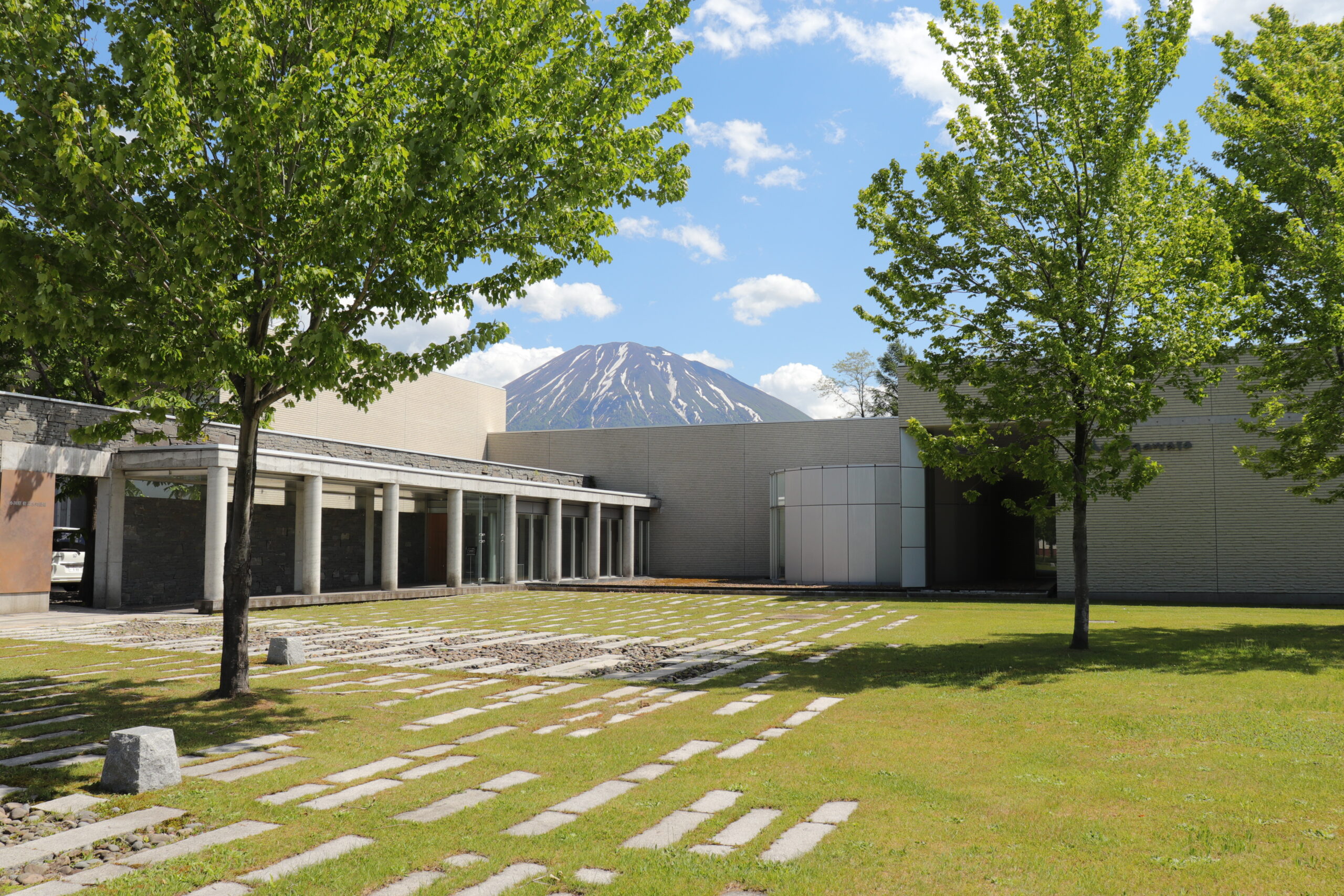
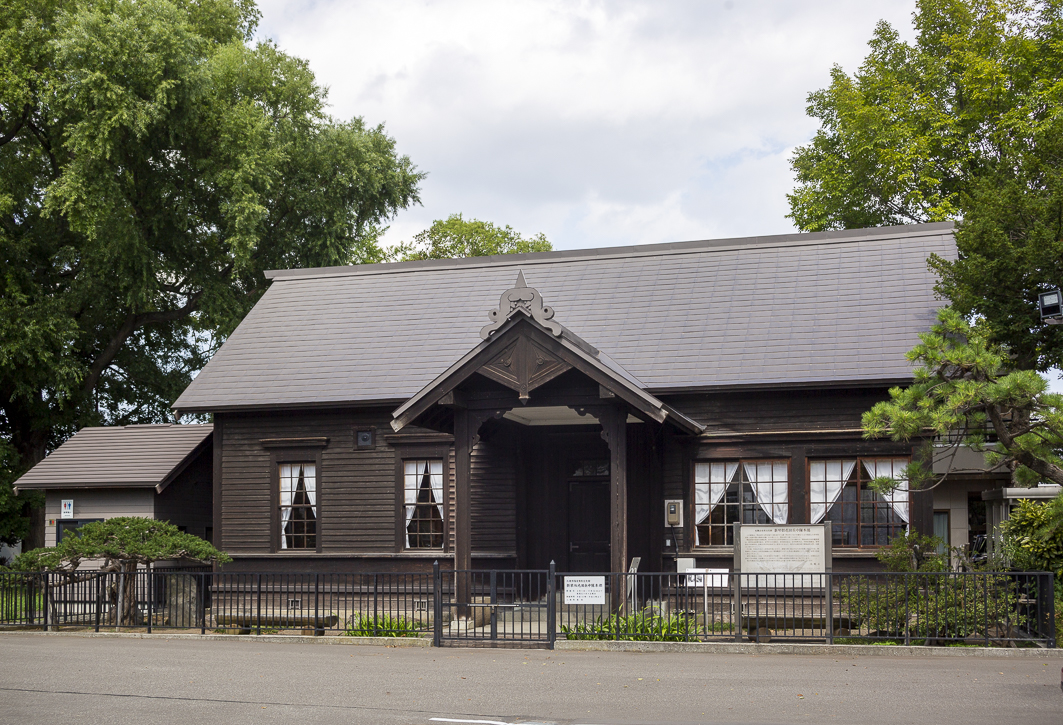
.jpg)
